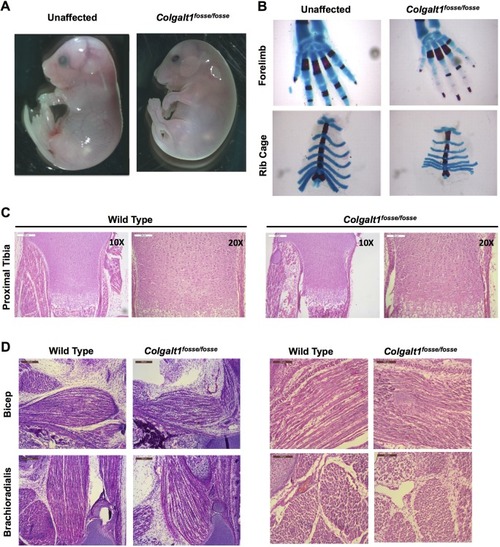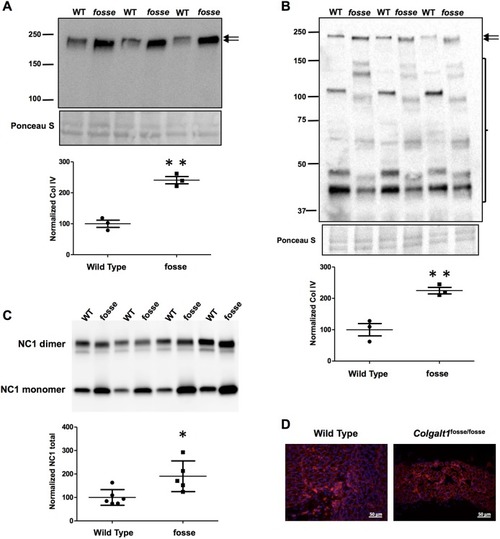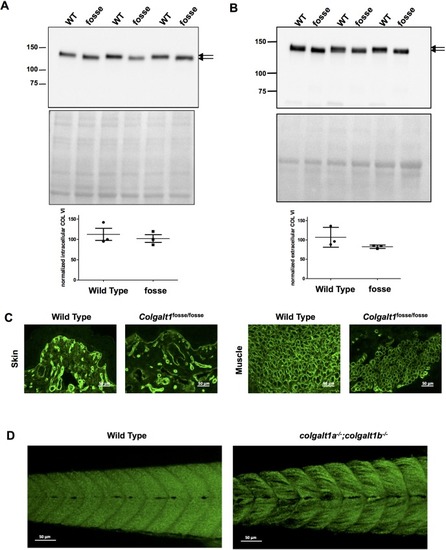- Title
-
Loss of function of Colgalt1 disrupts collagen post-translational modification and causes musculoskeletal defects
- Authors
- Geister, K.A., Lopez-Jimenez, A.J., Houghtaling, S., Ho, T.H., Vanacore, R., Beier, D.R.
- Source
- Full text @ Dis. Model. Mech.
|
|
|
|

ZFIN is incorporating published figure images and captions as part of an ongoing project. Figures from some publications have not yet been curated, or are not available for display because of copyright restrictions. PHENOTYPE:
|
|
|



